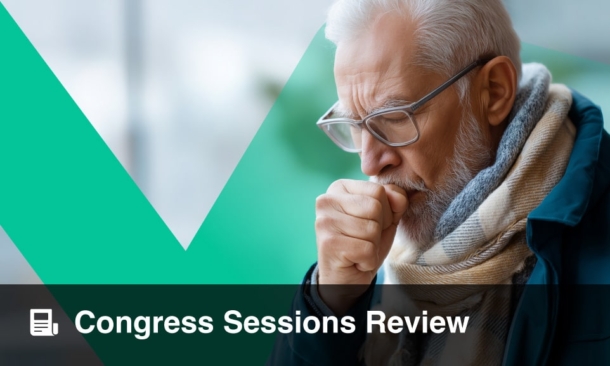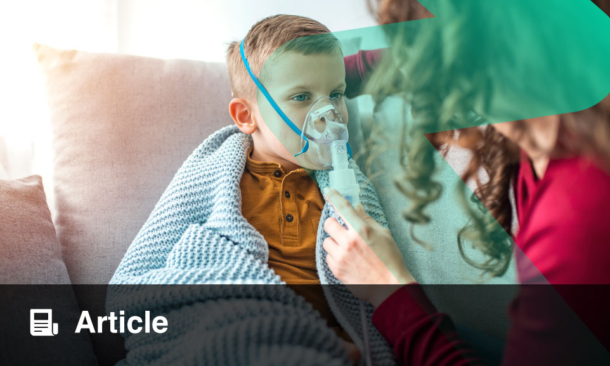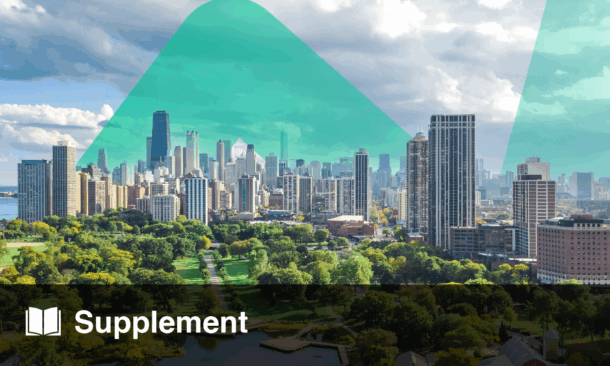CHILDREN from disadvantaged neighborhoods face a sharper increase in viral-associated asthma exacerbations when returning to school after summer, according to a new population-based analysis.
Using administrative health records for children aged 5–17 years, researchers calculated weekly incidence rates of asthma-related emergency department (ED) visits across census tracts. Bayesian regression models assessed interactions between neighborhood disadvantage, measured by the Social Vulnerability Index (SVI), and the 7-week back-to-school period, compared with the preceding 6-week summer period.
In low-vulnerability neighborhoods (SVI=2), asthma-related ED visits rose by 378 cases per 100,000 person-years when children returned to school. This seasonal increase was significantly amplified in higher-vulnerability areas. Children in moderately disadvantaged neighborhoods (SVI=5) experienced an additional 199 ED visits per 100,000 person-years compared with their peers in low-vulnerability areas. In highly disadvantaged neighborhoods (SVI=8), the excess burden climbed to 303 additional visits per 100,000 person-years over the moderate-SVI group.
The findings suggest that neighborhood disadvantage not only correlates with a higher baseline risk of asthma exacerbations but also intensifies the seasonal surge that accompanies the start of the school year. The authors note that this effect may be partly explained by higher rates of upper respiratory viral infections in disadvantaged communities, potentially linked to differences in housing, environmental exposures, and healthcare access.
These results underscore the need for targeted interventions, particularly in high-SVI neighborhoods, to mitigate the seasonal asthma burden. Preventive measures such as early symptom monitoring, proactive treatment adjustments, and community-level infection control strategies could help reduce the disproportionate impact on vulnerable populations during this high-risk period.
Reference:
Bhavnani D et al. Neighborhood disadvantage and the back-to-school epidemic of viral-associated asthma exacerbations. J Allergy Clin Immunol. 2025. doi:10.1016/j.jaci.2025.07.020








